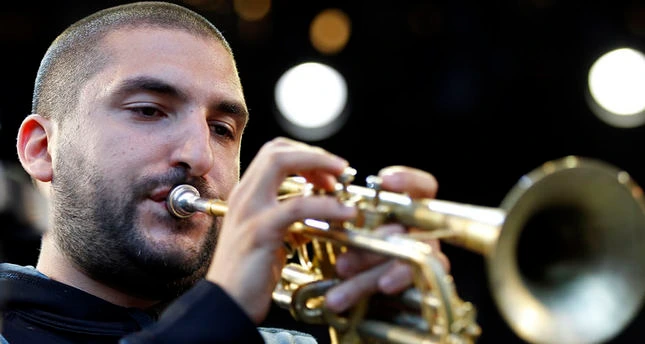
He is an amazing musician.. he doesn’t play the trumpet; he lives the trumpet with all possible sounds and embellishments. Wow.. beautiful composition as well; rests are taken, tension is built up (and released ;-), and dynamics are great.. one of the best musicians alive today, no doubt about it!
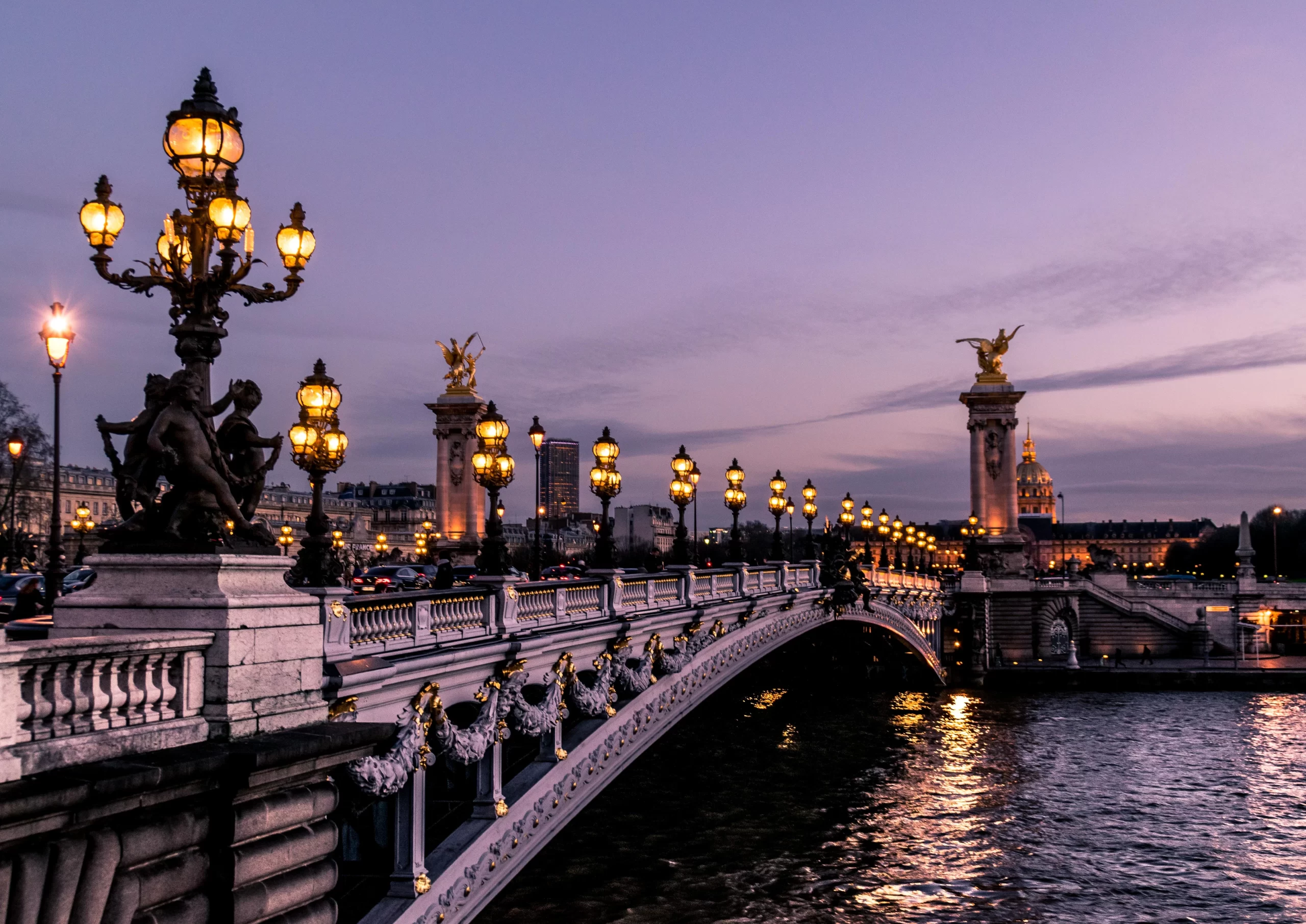
IIbrahim Maalouf’s 15th studio album “CAPACITY TO LOVE” – now available: https://idol-io.link/capacitytolove Official store ☞ https://ibeshop.ibrahimmaalouf.com/ Facebook ☞ http://bit.ly/2tQM7ZQ Instagram ☞ http://bit.ly/2tG1epL Twitter ☞ http://bit.ly/2Kl6IAE www.ibrahimmaalouf.com —————————-
With François Delporte (Guitar) Laurent David (Bass) Frank Woeste (Fender Rhodes) Xavier Rogé (Drums)
Ibrahim Maalouf – LIVE IN ISTANBUL – Diagnostic – 07/06/2013
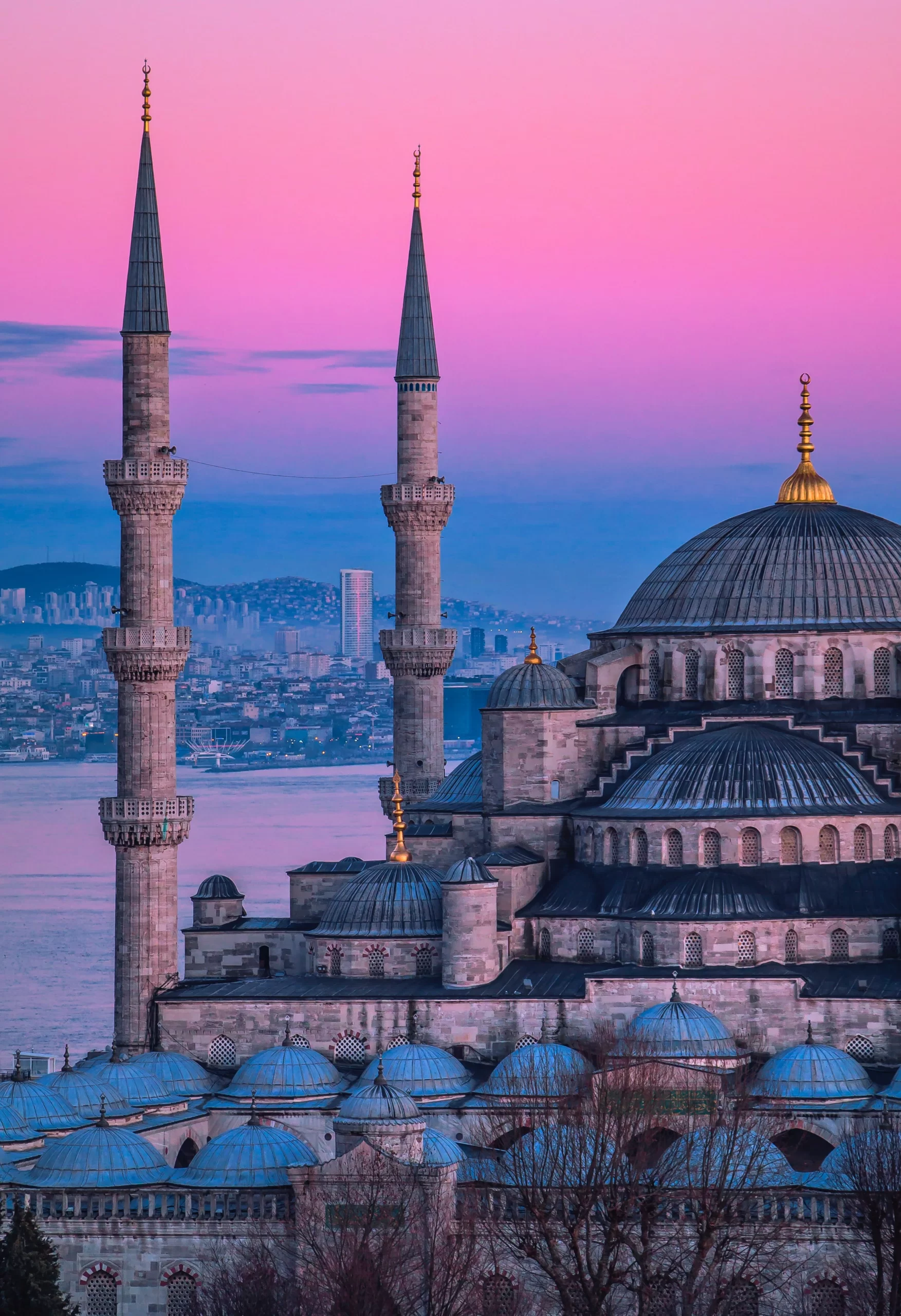
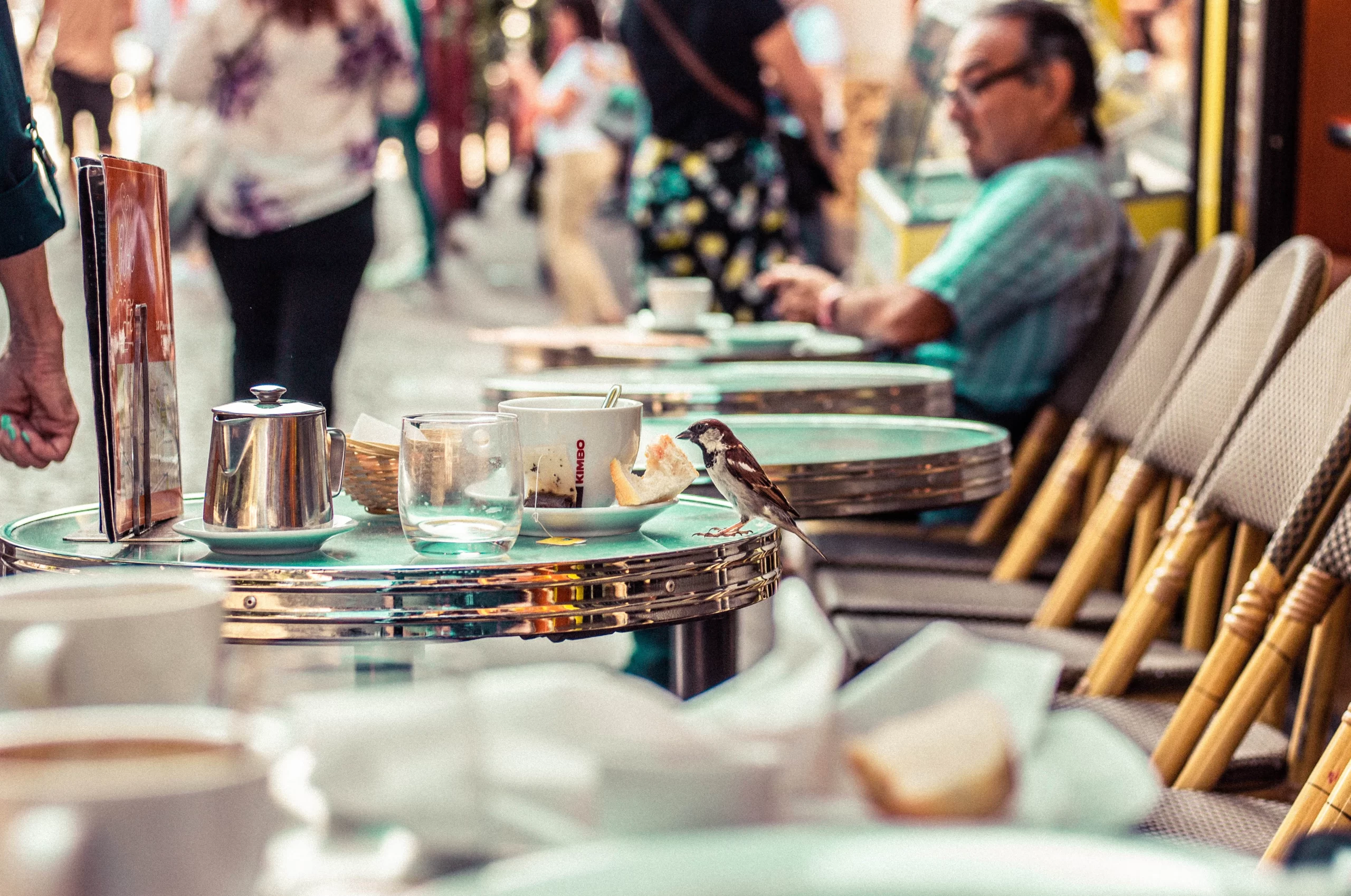
‘True Sorry’ Live Concert – Ibrahim Maalouf Feat. Esther Abrami – Marseille Jazz des 5 Continents
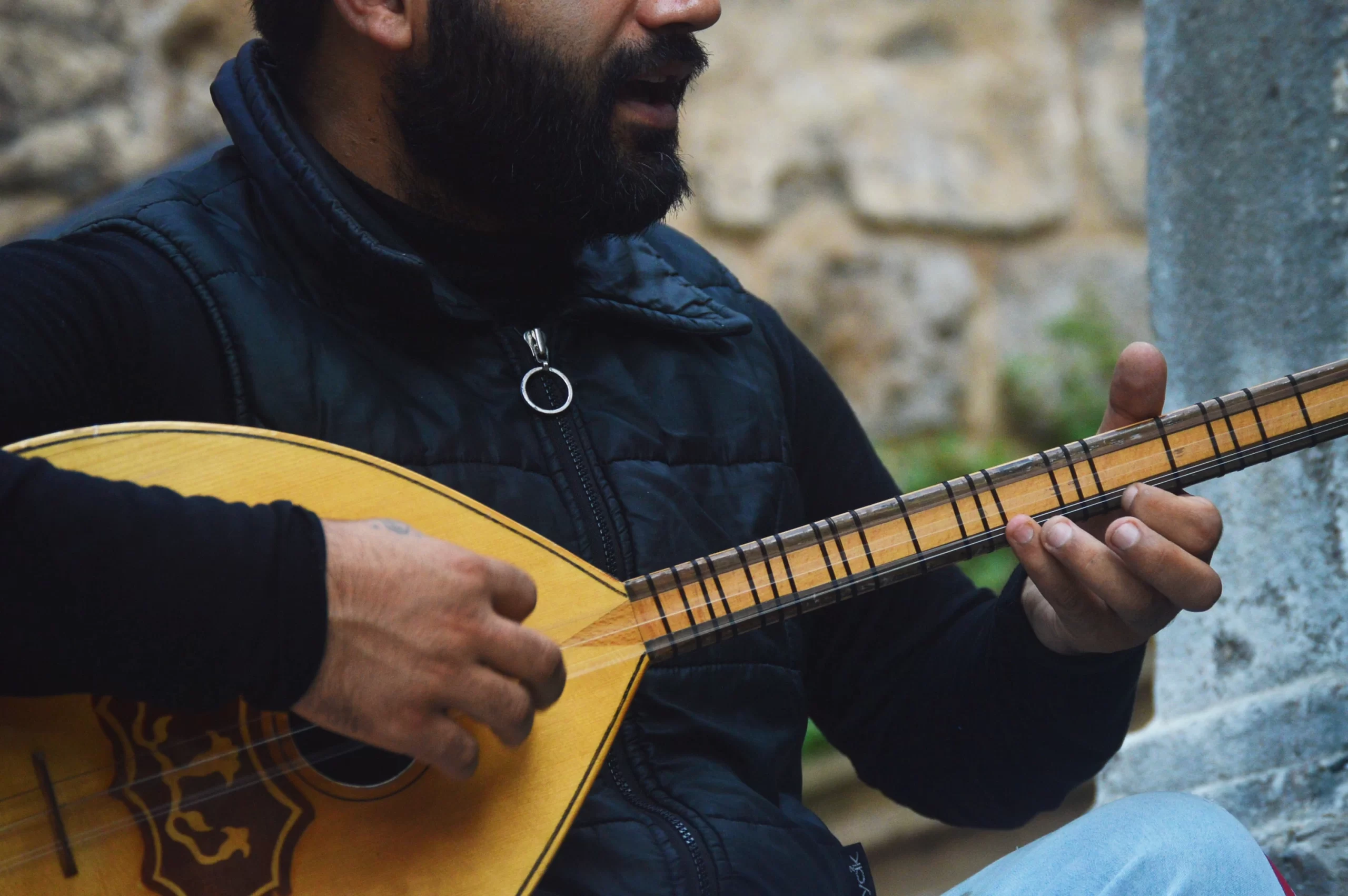

Ibrahim Maalouf – Beirut (Official Music Video)
Ibrahim Maalouf’s 15th studio album “CAPACITY TO LOVE” – now available: https://idol-io.link/capacitytolove
Ibrahim Maalouf – Red & Black Light (Live au Zénith Nantes Métropole, 2016)
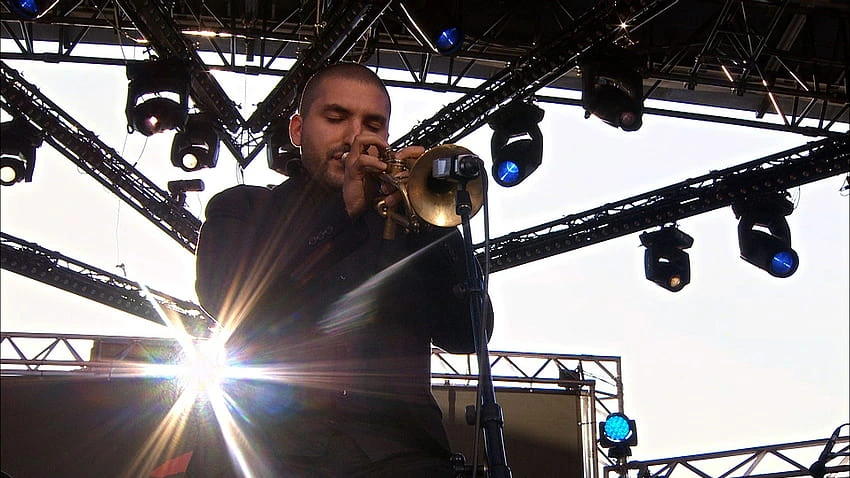
Ibrahim Maalouf is a musician who defies conventional categorization, weaving together elements of jazz, Arabic musical traditions, and cinematic scoring into a seamless, genre-transcending tapestry. Introduced to many readers through Bruce Handy’s illuminating New Yorker profile, Maalouf’s distinctive sound is anchored by his use of a custom-made four-valve trumpet—a unique instrument that allows him to explore the microtones of Arabic maqams. These maqams, the melodic modes central to Arabic music, form the core of his jazz compositions, imbuing his work with an unmistakable cultural resonance.
Maalouf’s creativity extends beyond jazz improvisation and composition. As a true musical polymath, he continually seeks new projects that challenge both his artistic range and the boundaries of contemporary music. His contributions to film scores are just one example of this versatility, blending his signature sound with cinematic narratives in a way that feels both expansive and intimate. For many, their first encounter with Maalouf’s work came through his album-length film scores, which, much like his jazz performances, are characterized by a thoughtful balance between tradition and experimentation.
In live performances, Maalouf reveals yet another dimension of his artistry. The synergy between musician and audience is palpable, as he navigates the collective energy of the room with the skill and grace of a seasoned master. Each performance feels like a communal ritual, where audience members are not merely passive spectators but active participants in a shared emotional journey. Through his music, Maalouf invites his listeners to enter a meditative state, one where the lines between past and present, home and exile, performer and audience blur into something deeply spiritual.
This sense of community extends beyond the stage. Maalouf’s concerts often feel like a kind of sonic pilgrimage, where every note carries with it the weight of history, memory, and identity. The audience, much like Maalouf himself, is drawn into a trance-like reverie, where the music serves as both a prayer and a daydream—a means of connecting with one’s homeland, whether real or imagined.
With each new project, Ibrahim Maalouf continues to push the boundaries of what jazz, and music in general, can be. His ability to seamlessly fuse the musical traditions of his Arabic heritage with contemporary jazz forms places him in a category of his own—a composer, performer, and cultural bridge-builder whose work resonates across both geography and genre.